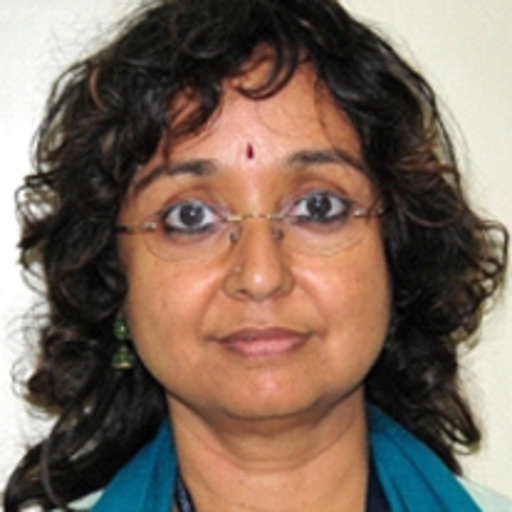Objective structured clinical exam (OSCE) has regained popularity as a significant part of practical examinations in recent times. This is in part due to the pandemic making it difficult to hold exams with actual patients. It also removes subjective bias and is considered a fair way to examine candidates.
There are certain strategies that enable the student taking an OSCE based exam to do well and score maximum points. Here are some tips
Preparation stage
1. Go through images in an atlas. Most OSCEs are image-based. So pay attention to clinical features by going through as many online free atlases that are available on the internet. Practice describing findings to your study partner.
2. Go through surgical videos. Videos of surgery may be shown as part of OSCEs with a review of steps and complications may be asked as an OSCE.
3. Revise the clinical trials and the acronyms. These are often asked as well. Many websites and textbooks have comprehensive tables that make revising trials easy.
4. Practice mock OSCEs that are available for free and found in books. DO this with a timer. Practice writing as you need to be able to give concise answers and the process of attempting OSCEs is new to most exam-going students. Practice by doing MCQs as the OSCEs tend to have precise answers and marking.
5. Some OSCE stations involve doing a refraction, or a clinical procedure like a pupillary examination with an examiner observing your performance. Practice with a friend as you recite the steps. Make sure you practice greeting the patient and acknowledging the examiner
In the exam
6. Listen carefully to the time you have to complete all the answers. OSCEs have ranged from 4 minutes to 10 minutes.
7. Ensure you finish all the answers right then and there. In most places, either the sheet of paper is taken after every OSCE station or the timing is so strict that there will be no time to come back later to the incomplete answers
8. Start with a quick glance at the image to familiarize yourself with the subspeciality being asked about.
9. Next look at the breakdown of marks so that you don’t spend too much time writing answers for questions that only have one mark allocated.
10. Attempt everything. Write something, anything. Don’t leave out anything. But be precise and to the point. Don’t write long sentences and only in point form. Usually, there is no negative marking.
Hope these small but important tips make preparation for and performance in an OSCE based exam a cakewalk.
¡Buena Suerte!
Good Luck!
